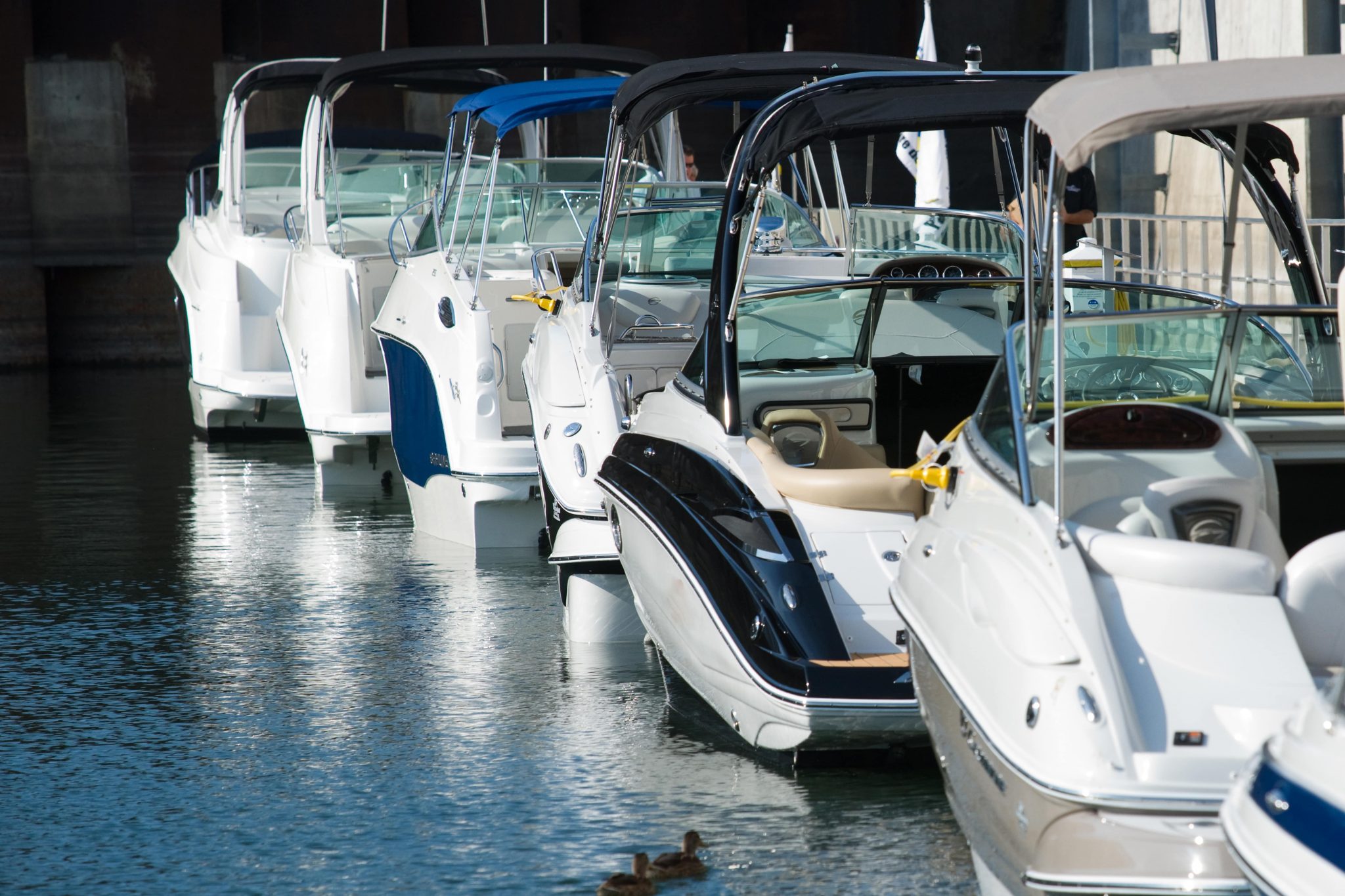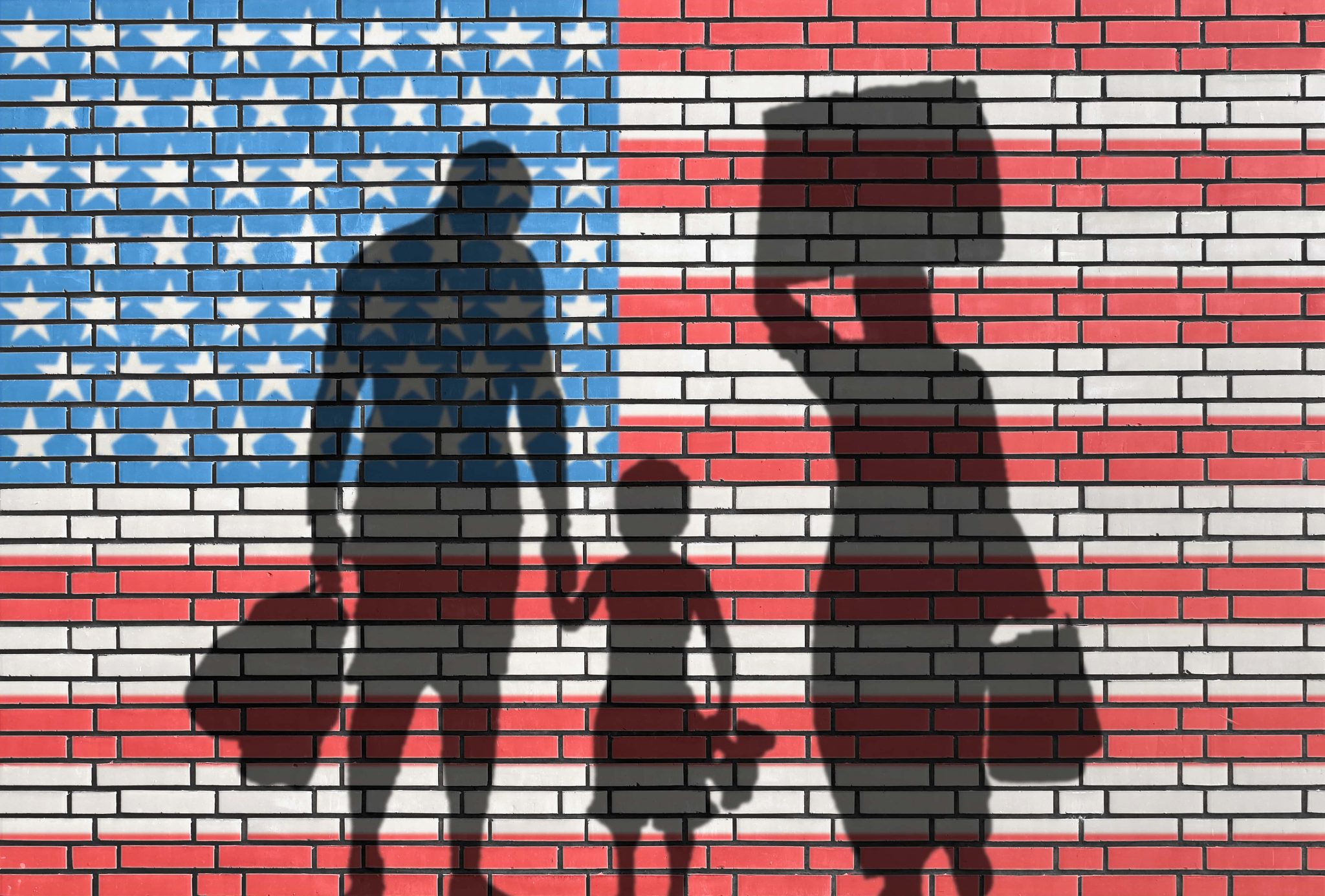- WE’RE HERE TO HELP 24/7
- 800.586.5555
Florida International University Bridge Collapse Leads to Reckless Negligence Lawsuit

Staying Safe on the Water in Florida
April 15, 2021
Who Is Responsible If You’ve Been Injured at the Border
April 18, 2021Florida International University Bridge Collapse Leads to Reckless Negligence Lawsuit

Tragedy struck the Florida International University (FIU) campus when a pedestrian bridge collapse resulted in the deaths of six people on the afternoon of March 15, 2018. From a personal injury and wrongful death perspective, infrastructure failures like these lead to complicated questions regarding culpability and liability.
The Background of the Bridge
Pedestrian accidents on 8th Street and 109th Avenue, the location of the bridge, were not unheard of. In August 2017, FIU freshman Alexis Dale was struck and killed while crossing the street during the bridge’s construction. Students who frequently crossed the intersection where the bridge collapsed often felt unsafe due to the high volume of traffic on the roadway.
Street planners investigating the situation following the collapse identified 2,200 vehicle accidents, resulting in 12 fatalities, along the corridor between 2014 and April 2018. Multiple turn lanes, shoulders, medians and several high volume traffic lanes going in both directions has culminated in a road that’s approximately 10 standard lane widths wide. High speeds and exceptionally long crossing distances make the intersection especially dangerous to both motorists and pedestrians.
Funding for the bridge was made available by a $11.4 million grant from the U.S. Department of Transportation in 2012. The bridge was going to be much more than just a pedestrian walkway. It was also going to be partially covered for shade, equipped with benches, tables and Wi-Fi and paired with an adjoining plaza.
The bridge was intended to be 320 feet long, enabling it to cross not only 175 feet of roadway but also 99 feet of canal that ran parallel with the road. At the time of the collapse, only the road-spanning section had been put in place, but even the truncated section weighed 860 metric tons.
Construction Method
Munilla Construction Management (MCM) began construction of the bridge in March 2016, with a scheduled completion date slated for December 2018. The initial road-spanning section of the bridge was constructed using a method known as rapid bridge replacement, or accelerated bridge construction.
Building a bridge over a crowded, commonly used roadway can cause significant disruption for commuters. With rapid bridge replacement, spans of the bridge are constructed nearby, in this case next to the road, and are put in place once completed. This allows for minimal disruption, as the roadway only has to be closed for a matter of days rather than weeks or months. In addition to minimizing traffic disruption, the method is also considered to be safer for pedestrian and construction workers as they have to spend less time working on and above busy roadways.
FIU was supportive of this method; the campus is home to the Accelerated Bridge Construction University Transportation Center.
In this instance, the roadway was only closed for a single weekend. The bridge was lifted into place on the morning of March 10.
The post-tensioned concrete bridge was notable for several reasons, including its use of a special type of concrete formulated to stay cleaner than normal concrete. Although it was going to be equipped with cables to give it the aesthetics of a cable-stayed bridge, it was in fact a truss bridge. Due to the design, the canopy of the bridge was going to the primary load bearer, with struts providing compression and tension force. Inside the struts were post-tensioning rods connected to flanges that would be adjusted by applying post-tensioning force. A company known as VSL was contracted to perform the post-tensioning of the bridge.
Potential Signs of Trouble
Cracks were first noticed on March 13 by one of the bridge’s engineers, W. Denney Pate, who reported his discovery to the Florida Department of Transportation (FDOT) by leaving a voicemail. The person he was calling was on assignment at the time, and didn’t hear the voicemail until March 16, a day after the collapse.
It’s vital to note, however, that these cracks aren’t a smoking gun. Many news outlets have reported that experts have differed on the relevance of these cracks. Although most seem to agree cracks should be cause for concern and justify further investigation, many note that cracks in these types of bridges are often only an aesthetic issue and aren’t necessarily a sign of imminent structural failure. On the voicemail, Pate said the cracking would require patching but his company did not believe it was indicative of a safety risk.
Although the voicemail wasn’t received until after the collapse, the cracking had been discussed by FIU, FDOT and the engineering firm on the morning of March 15, at which time they came to the conclusion that the cracking wasn’t a safety issue. That being said, FIU employee Jorge Mesa, who was in his vehicle under the bridge while stopped at a red light that same morning, heard what he described as “cracking whip” sound coming from the bridge. According to Mesa, a construction worker was there at the time and heard the noise as well.
National Transportation Safety Board (NTSB) investigators have yet to determine whether or not the cracking was related to the eventual collapse.
Collapse
The collapse occurred at 1:47 p.m. on March 15, 2018 and was captured by a nearby surveillance camera. Vehicles had been waiting at a stop light near and beneath the bridge at the time. Eight vehicles were crushed, leaving six drivers and passengers dead with another nine people injured, two of whom were working on the bridge. VSL had been conducting post-tensioning at the time, although as of the writing of this blog on May 13, 2018, there have been no investigatory conclusions linking the post-tensioning or stress testing earlier in the day to the collapse.
Lawsuits and Liability
The first reckless negligence lawsuit was filed on March 19, 2018 against several entities involved with the bridge’s design and construction, including:
- Figg Bridge Engineers
- MCM
- Bolton Perez & Associates
- Louis Berger
- Network Engineering Services
The school was not named as a defendant in the initial lawsuit. In a scenario like this, many entities could potentially be liable. Not only the bridge’s designers and the construction firms working on the structure, but also the companies supplying the concrete, the school and even the city or department of transportation could potentially be culpable in an accident such as this.
Until the NTSB investigation is concluded, it’s impossible for the public to know exactly who was responsible, but in large-scale construction accidents such as this, where many people are killed and injured, it’s not at all uncommon for several people and entities to share responsibility. An accident of this scale often occurs due to several breakdowns in materials, construction methods and communication. Chances are high that many were negligent either in their job duties or in their lack of urgency to address or call attention to potential danger.
Although lawsuits have been filed by and on behalf of some of the victims, the ultimate outcome will likely be based on the results of ongoing investigations. Although media speculation is still running rampant, it’s always important to withhold judgment until the full picture is truly known.
